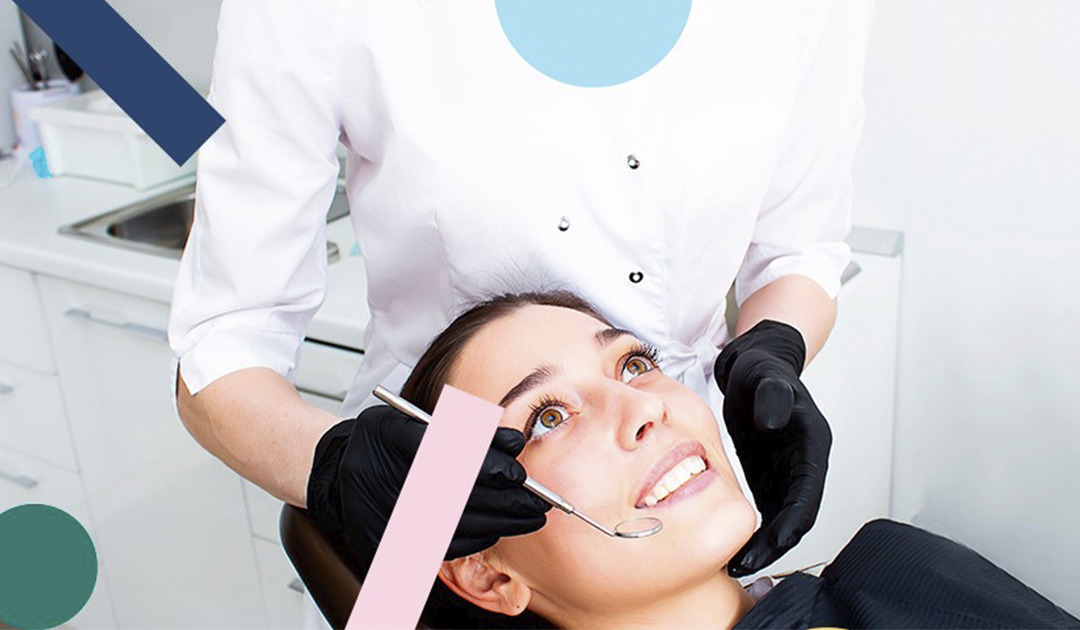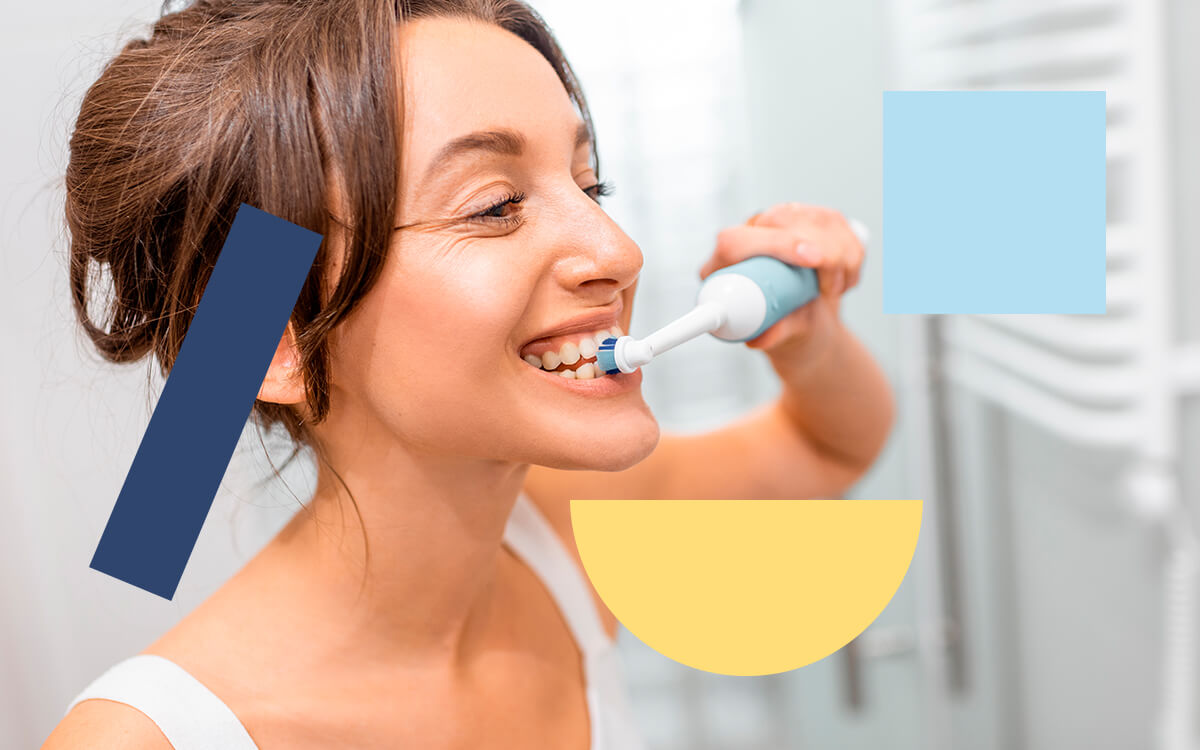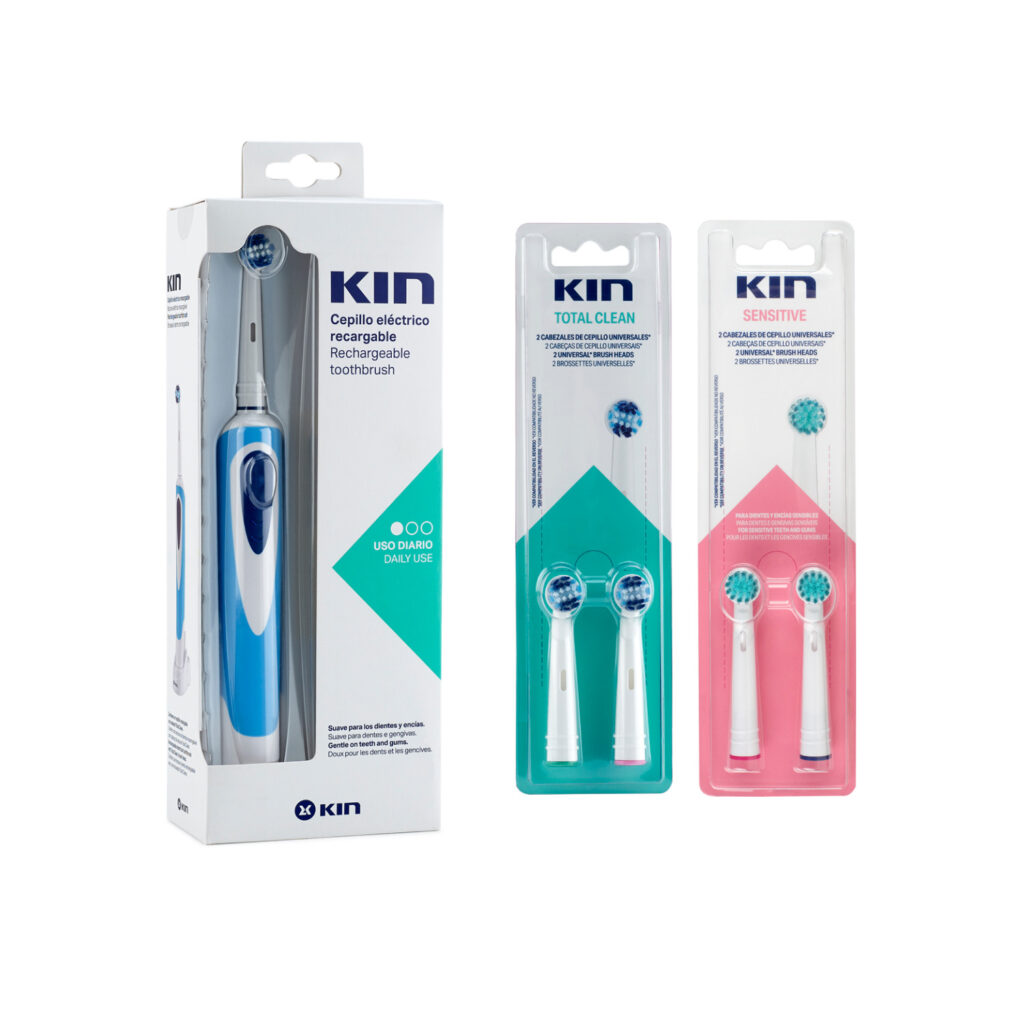Thanks to the continuous advances in dentistry, the treatment of periodontal disease disease offers increasing benefits for all patients. Today, periodontal periodontal techniques techniques are achieving clinical and aesthetic results are increasingly satisfactoryallowing for an early recovery of the recovery of the state of health.
In addition to the work of the dental professional who performs treatment, the patient is responsible for his or her own health care and should and must seguir correctly the Indications subsequent to prevent any complications. Below, we look at what's new and what is new and what are the recommendations to prevent and control thes diseasees periodontal diseasees and peri-implant diseases in the practice and also at home.
Current prevalence of periodontal diseases
It is the responsibility of healthcare professionals to keep themselves constantly informed about the latest practices in the periodontal sector. Learn the best techniques and apply them to their patients., is the daily routine of dentists seeking the well-being of the general population.
The first classification of periodontal pathologies was carried out in 1977. Since then, dental surgeons have been working in the field of periodontics, periodontists e hygienists have been actively involved in research on the prevalence of these diseases in each population group.
A new classification of periodontal pathology arises from the knowledge shared by hundreds of professionals specialised in its treatment. Thanks to them it is possible to introduce new treatments and recommendationsand recommendations, adapting them to each patient profile patient profile to achieve better results.
Classification of periodontal pathology
According to the system developed by the American Dental Association based on the severity of the disease there are different levels of periodontal pathology. It is of utmost importance to know the types of periodontal pathology in the dental clinic, in order to apply the correct treatment:
- Gingivitis (type 1); presence or not of bleeding gums, with onset of inflammatory process.
- Mild periodontitis (type 2); bleeding present in the active phase, with attachment loss up to 4 mm and localised areas of recession.
- Moderate periodontitis (type 3); 4-6 mm attachment loss, bleeding on probing and slight tooth mobility.
- Perioadvanced dontitis (type 4); bleeding evident on probing, insertion loss of more than 6 mm, tooth mobility and possible bone loss.
Peri-implant diseases
In addition to periodontal diseases, it is now necessary to pay attention to the evolution of the treatment of periodontal diseases.s implant treatments of patients. The placement of dental implants has skyrocketed in recent years thanks to its high effectiveness, improving the quality of life of patients..
Without However, thisoHowever, these are notn exemptos are not free from complications. The periimplantar diseases are those conditions that appear around 5-7 years after implant placement, involving involvement of the tissues surrounding the implant. the tissues surrounding the implant..
These can be divided into two, according to their severity:
- Mucositis. This is the first stage of the disease, with symptoms similar to gingivitis, located around the implants. It is characterised by inflammation and bleeding of the gingival tissues.
- Peri-implantitis. In a more advanced stage, a disease similar to periodontitis is seen, with bone loss and more significant tissue damage. at around the implant.
In the face of these problems resulting from the placement of implants, or to improve the symptoms accompanying the pathology, it is important to consider the followingoloThere are a number of measures and recommendations from professionals that can be easily carried out at home.
Control of biofilm control
One of the most important measures to prevent both periodontal diseases and peri-implant diseases is the control of what is known as biofilm biofilm.
Around 200 to 300 bacteria are found in the mouth, as well as many other micro-organisms such as viruses, protozoa and yeasts. In particular, oral bacteria are responsible for the production of dental plaque, also known as production of dental plaque, also known as biofilmfavouring the adherence of of bacteria in certain areas for their multiplication.
Although dental biofilm is normal in the oral cavity, as part of the development of bacterial flora, poor hygiene care could lead to tooth decay and disease. periodiseases such as gingivitis and periodontal gingivitis and periodontitis.
New technologies in dentistry focus on the search for effective means of curing and combating this type of problem, with prevention as the main reference. At the moment, the most effective most effective methods for dental biofilm control are two-fold: mechanical and chemical. are twofold: mechanical and chemical.
Mechanical control of biofilm control
The mechanical control of dental biofilm is mainly focused on the use of toothbrush and other accessories to cover the entire buccal surface don where the biofilm dental. Maintain a healthy mouth with daily care routines.
Discover our products for daily oral care

Thanks to brushing and the use of the silk deninterdental brushes and tongue scraperit is possible act in front of the biofilm preventing the appearance from periodontal diseases. At the same time better results are obtained in the maintenance of the implants, thus avoiding any peri-implant problems.
Chemical control of biofilm control
In terms of chemical control, the use of toothpastes, gels, mouth rinses, mouthwashes, etc., comes into play. use of toothpastes, gels, mouthwashes, mouthwashesand other products that effectively eliminate the formation of formationónon teeth and gums.
Among the specific ingredients for the control of biofilm control control include compounds such as Chlorhexidine and cetylpyridinium chloride, used commonly used in mouthwashes and solutions from Mouthwash.
Use of the electric toothbrush vs. mannual
In the search for the best ally to prevent diseases periodontal diseases, many professionals have taken one side or the other when faced with the eternal question of whether a manual or an electric toothbrush is better.
Today's electric toothbrushes electric toothbrushes are incorporating new functions that help to make brushing more efficient, focusing on time and pressure on teeth and gums. and the pressure exerted on teeth and gums.
However, the manual toothbrush is a very efficient tool as long as it is used properly. For this reason it is all the more important to to learn how to brush properly, no matter what type of toothbrushno matter what type of toothbrush is chosen.
If you have any doubts about the prevention or treatment of periodontal diseases, your dentist or hygienist is the best professional to find the answer, your dentist or hygienist are the best professionals to find the answer..


 What to consider when choosing the best electric toothbrush?
What to consider when choosing the best electric toothbrush? How to relieve pain with newly placed braces?
How to relieve pain with newly placed braces? How to keep your breath fresh?
How to keep your breath fresh?

